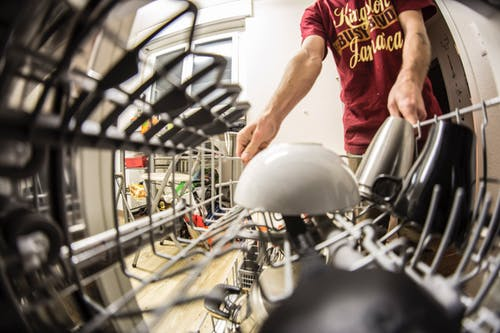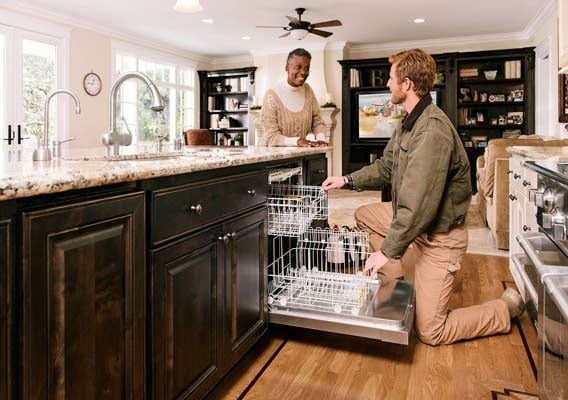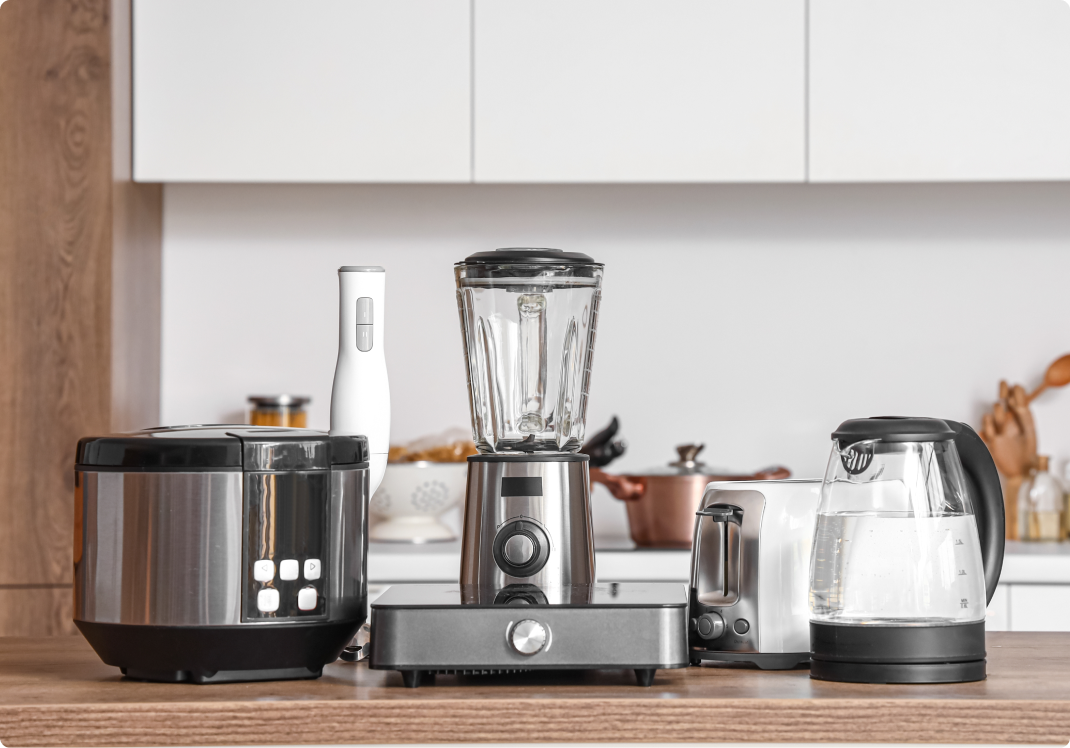As a homeowner, you depend on your appliances to run smoothly so you can get through life with minimal disruptions. Unfortunately, nothing lasts forever, and that goes double for appliances. Refrigerators, ranges, microwaves, dishwashers, and other appliances have limited lifespans, and when they break down, you need to get them fixed right away.
A home warranty can help you cover the costs of unexpected appliance breakdowns. When you choose a home warranty from American Home Shield®, your covered home systems and appliances are taken care of, no matter how old they are. Duplicate appliances — like that second refrigerator in your garage — are covered too.
Any appliance can break down, but some do so more often than others. The Survey Research team at Consumer Reports has collected breakdown data on more than 381,000 appliances purchased between 2008 and 2018. Here are some of the most common appliance breakdowns reported by consumers.
Ranges
According to Consumer Reports, 6 percent of homeowners report problems with gas burners or cooktop elements not lighting or heating up, and the same number report problems with the oven not heating up. On gas ranges, it’s usually the ignition system that breaks. Problems with gas burners are also common.
On both electric and gas ranges, the oven temperature sensor (which collects temperature information to help regulate the oven’s temperature) or the oven bake element (which heats the oven) is most likely to break. Often, the ignition system for gas burners gets clogged with food debris and can be cleaned out with soap and warm water.
Refrigerators
If you have a refrigerator with an ice or water dispenser, you probably enjoy getting fresh, cold water and ice on demand — but you’re probably not so excited to learn that your water and ice maker is the most likely part of your refrigerator to break, with 17 percent of Consumer Reports members complaining about a dispenser that stops working. 13 percent complain of an ice maker that no longer makes ice. 7 percent report a buildup of ice in the refrigerator, 6 percent report water leakage, and 5 percent say the refrigerator isn’t cooling. The ice maker, evaporator fan motor, and thermostat are common culprits of breakdowns.
Dishwashers
Have you ever opened up your dishwasher after a cycle and realized that your dishes still aren’t clean? 11 percent of those surveyed noted that their dishwasher has stopped cleaning dishes properly, while 9 percent said that it is no longer drying properly, and 7 percent said that it’s no longer draining properly. As with range burner problems, some dishwasher problems can be fixed at home by cleaning out the filter or sprayer arms.
However, if you do need a new part for your dishwasher, it’ll most likely be the inlet valve, which lets water flow into your dishwasher; the wash arm, which sprays the dish racks with water; the drain pump, which empties your dishwasher of dirty water; or the circulation pump, which is responsible for spraying water forcefully out of the wash arm to clean your dishes.



